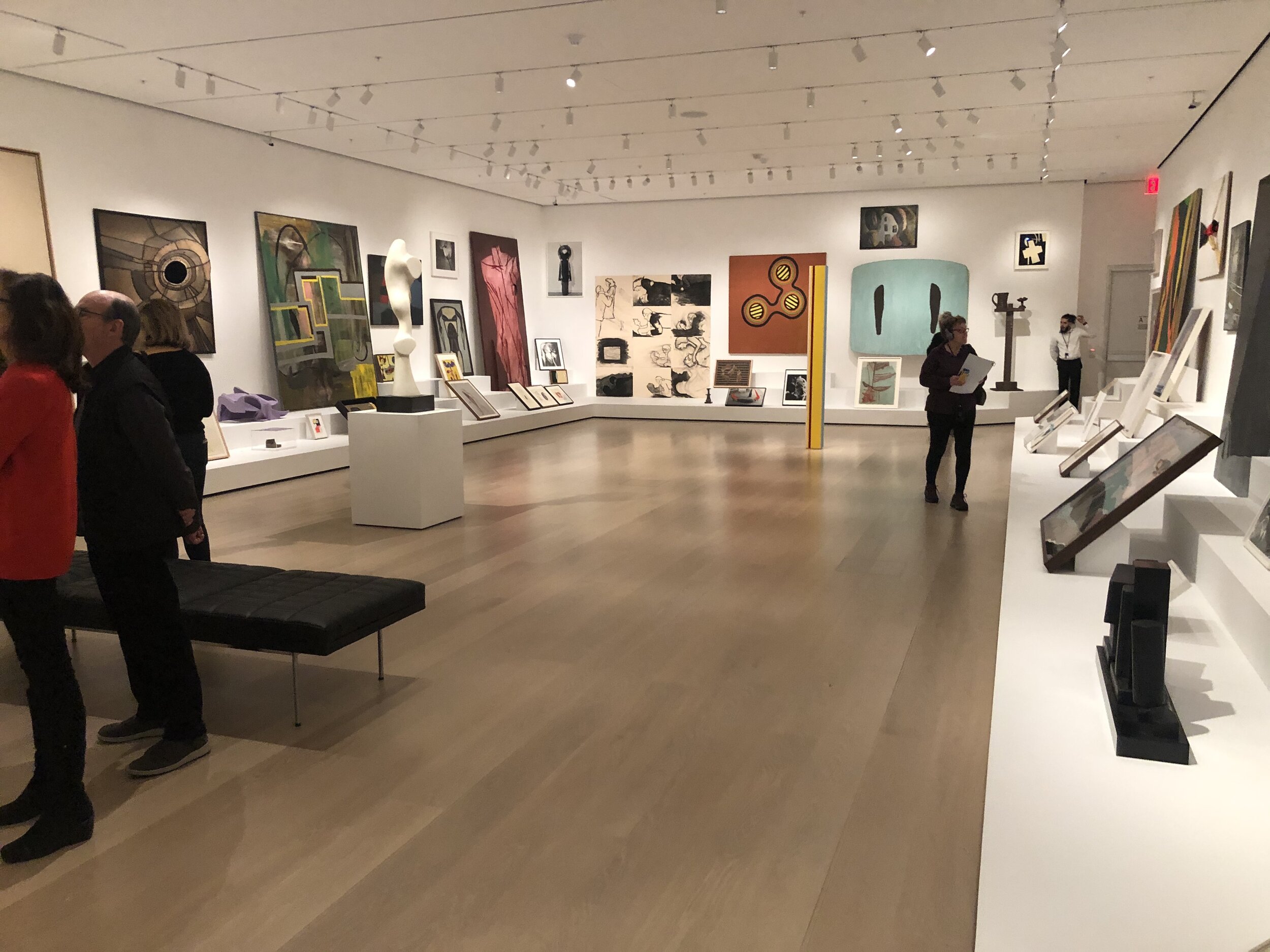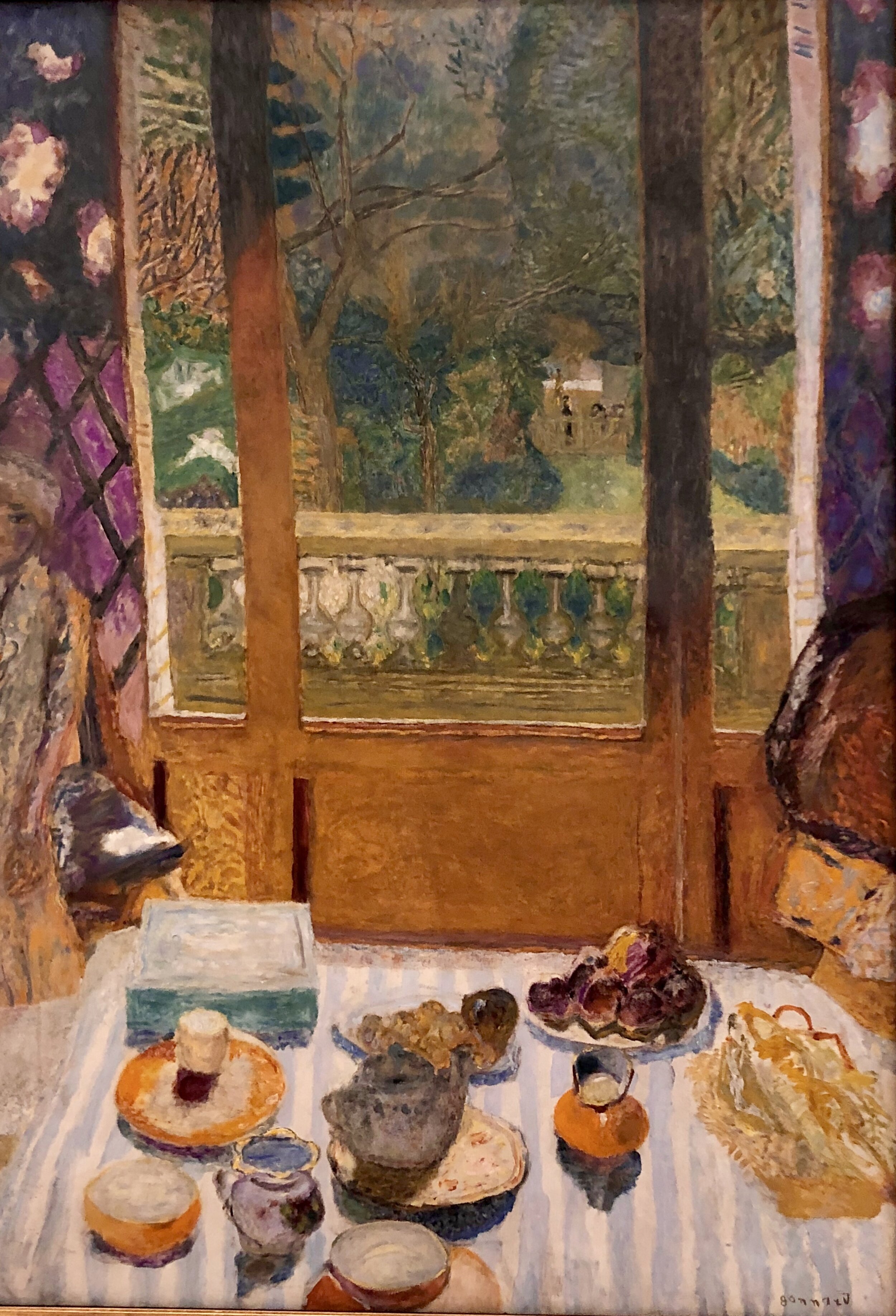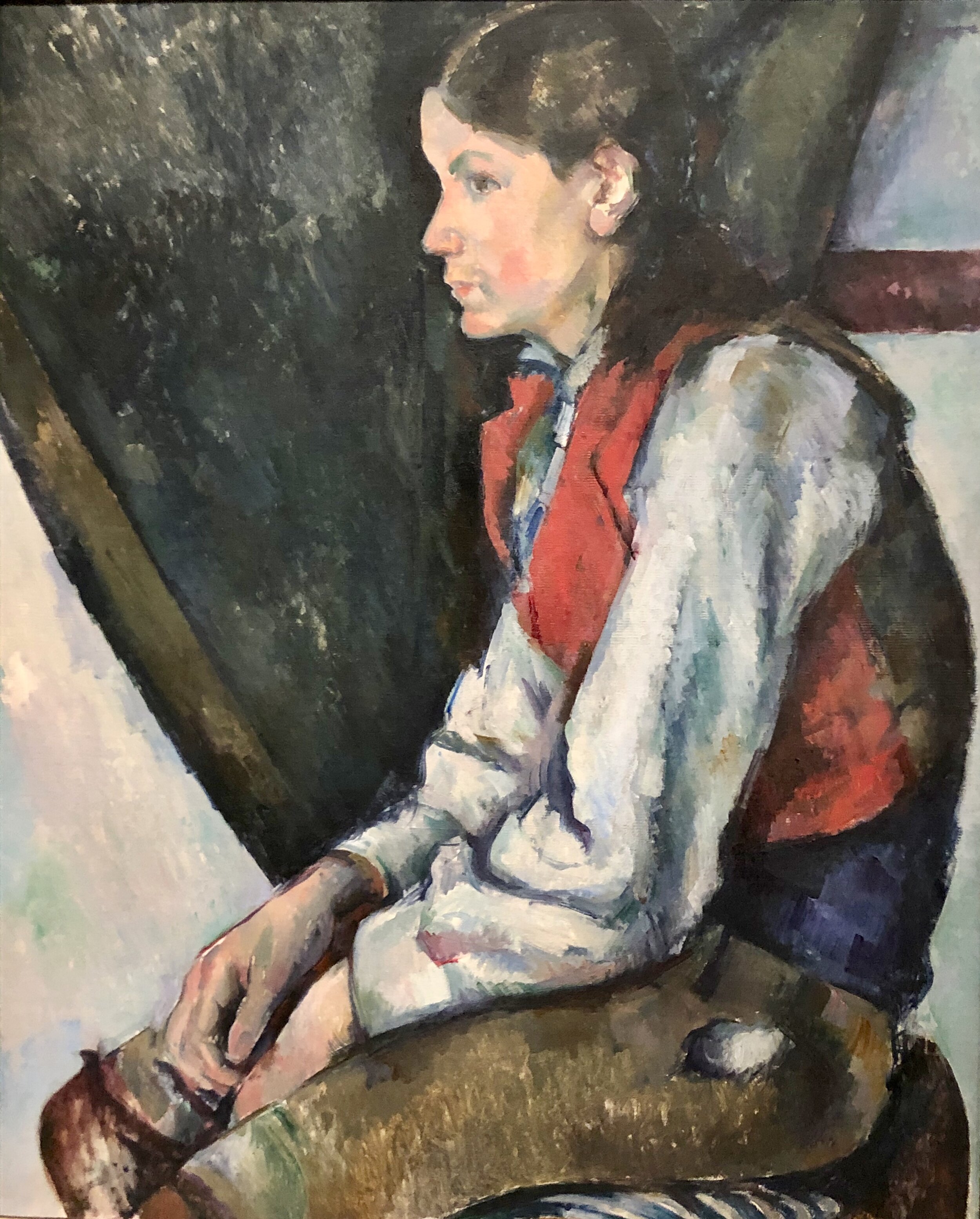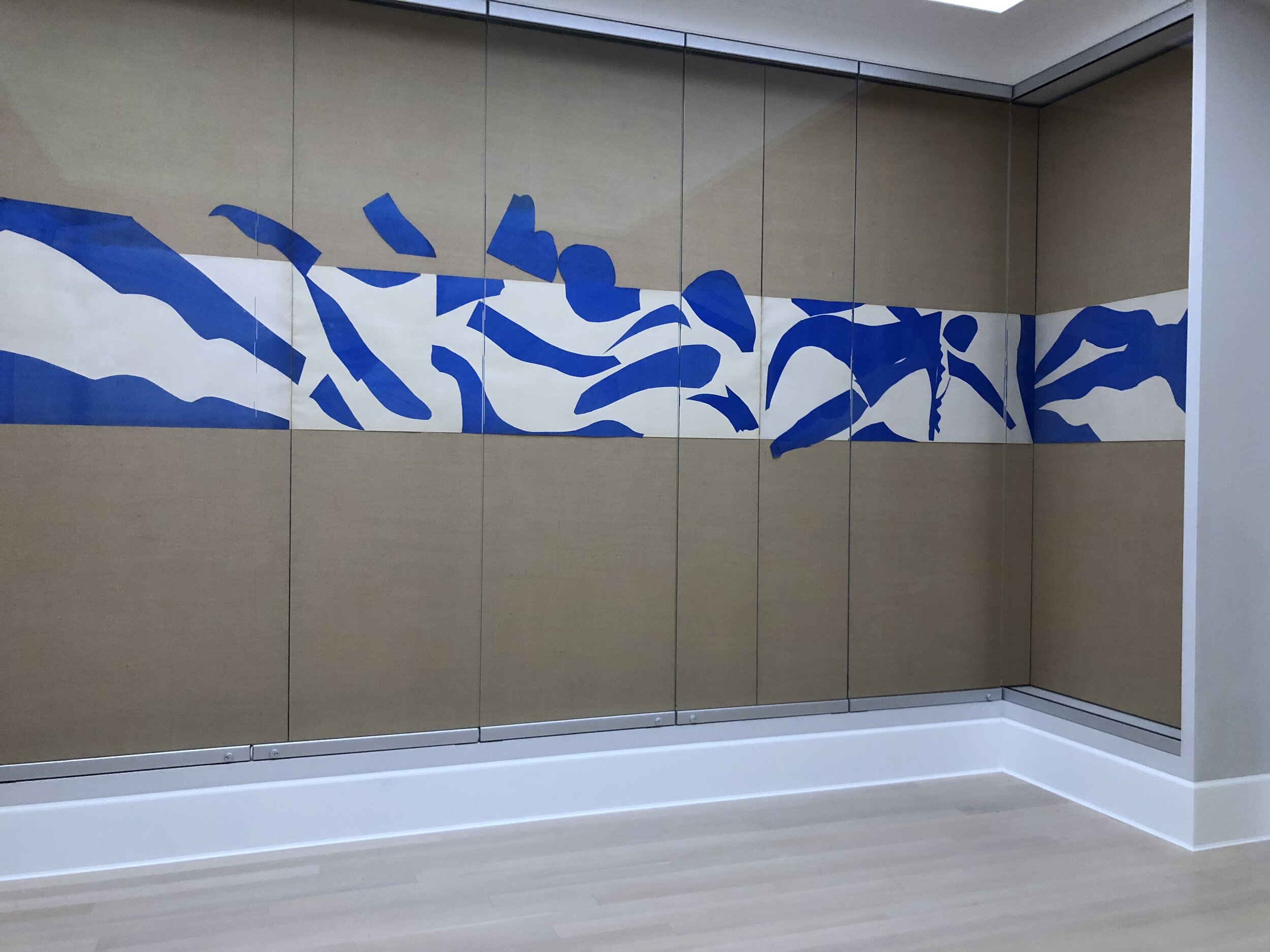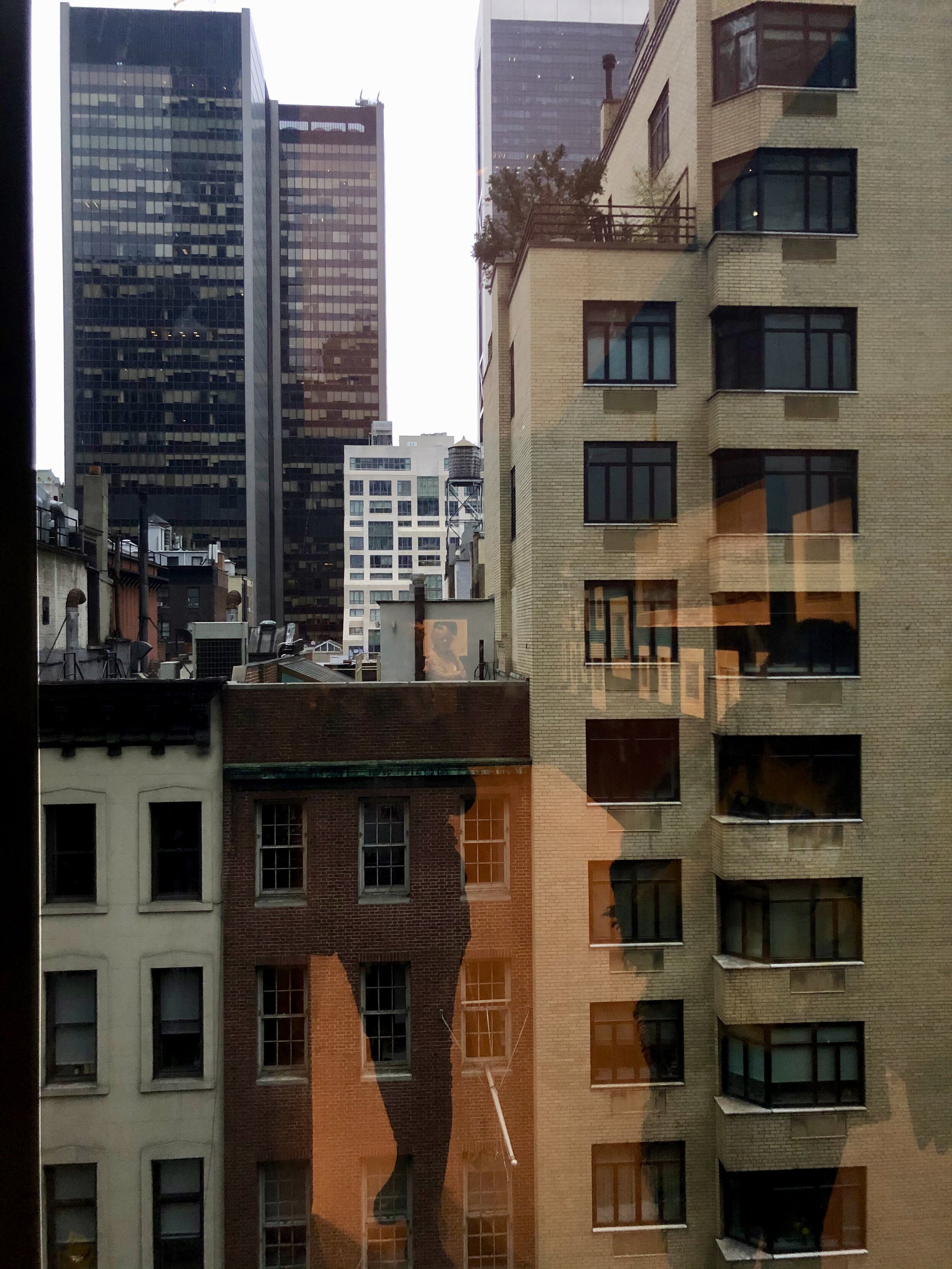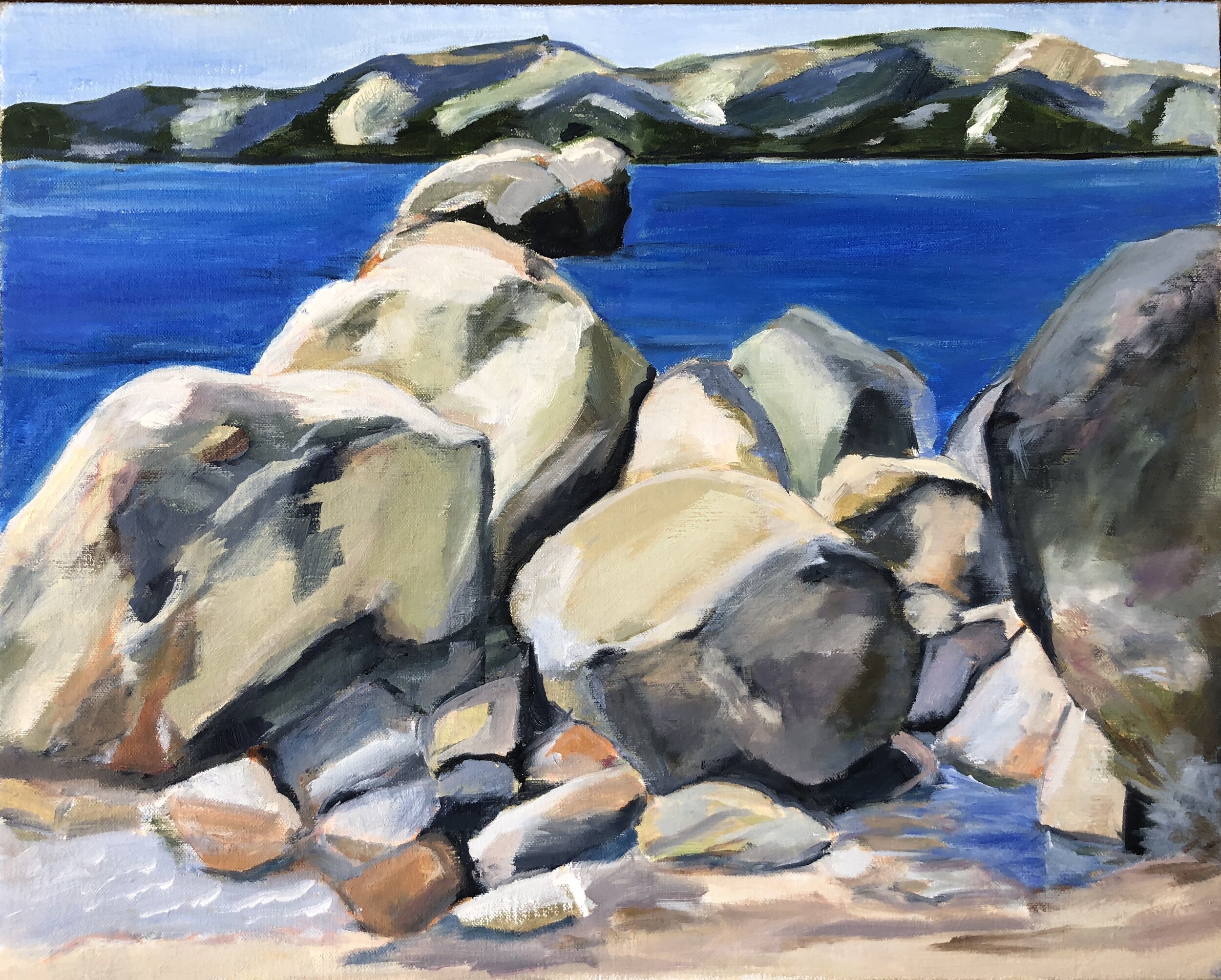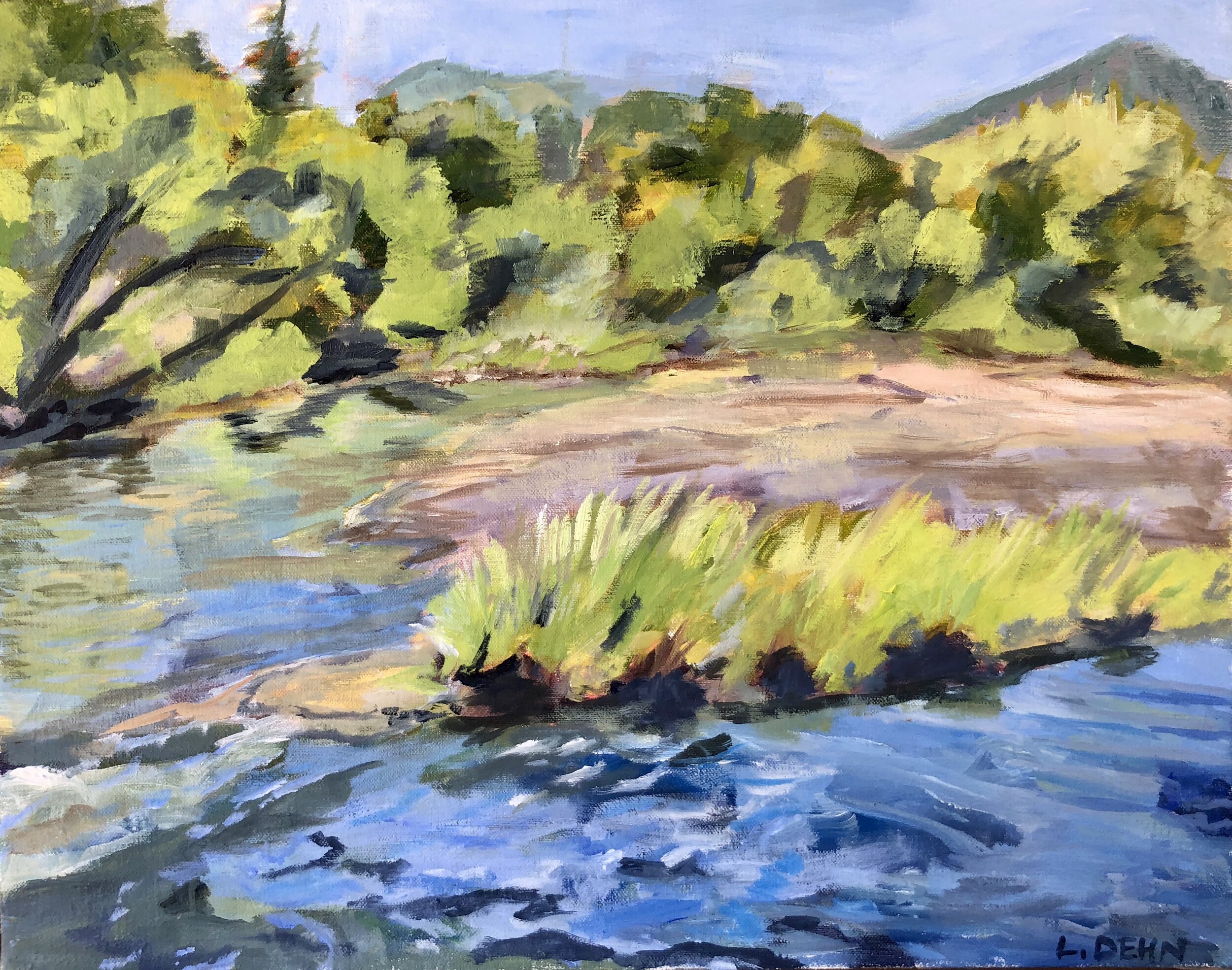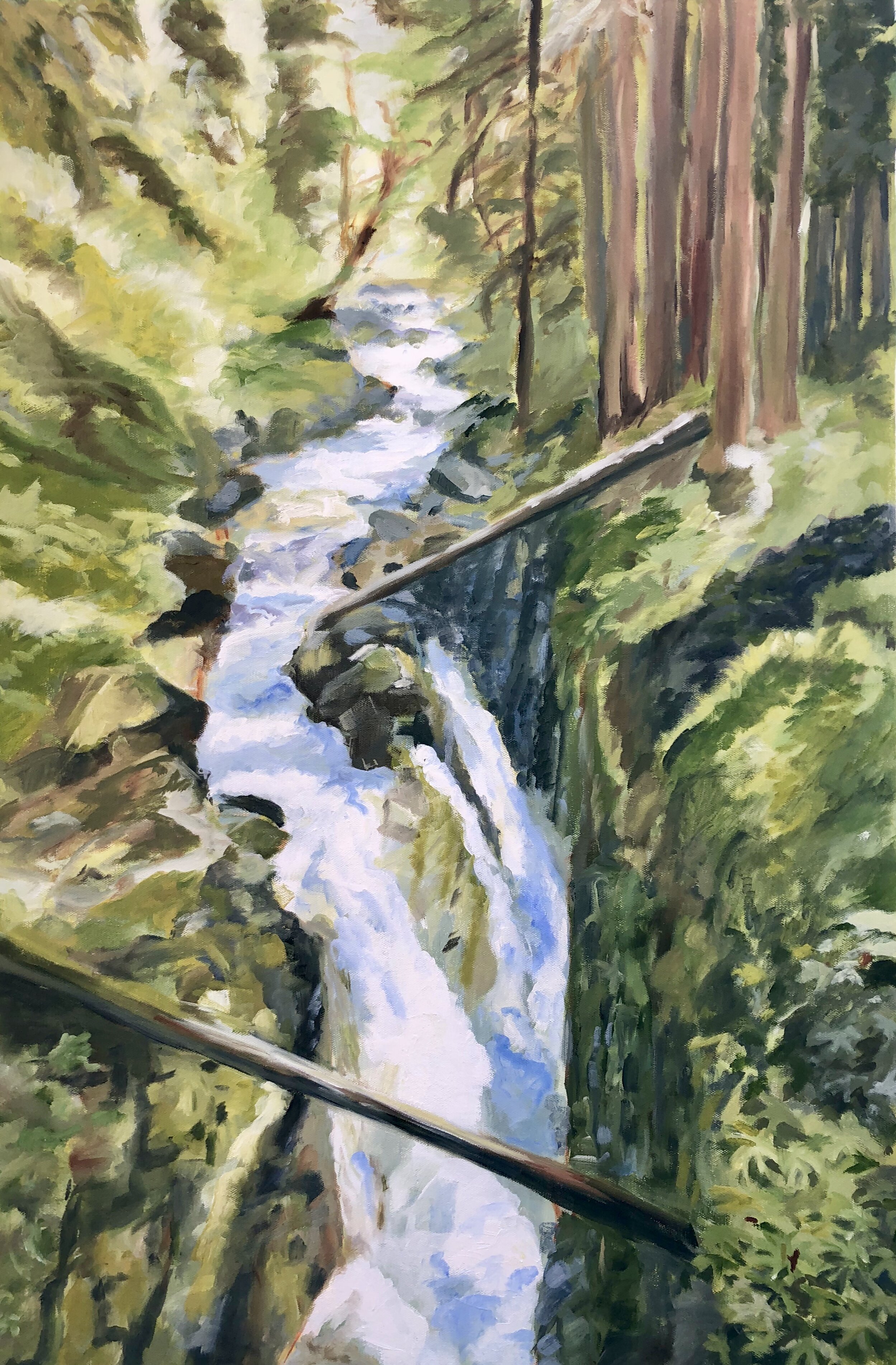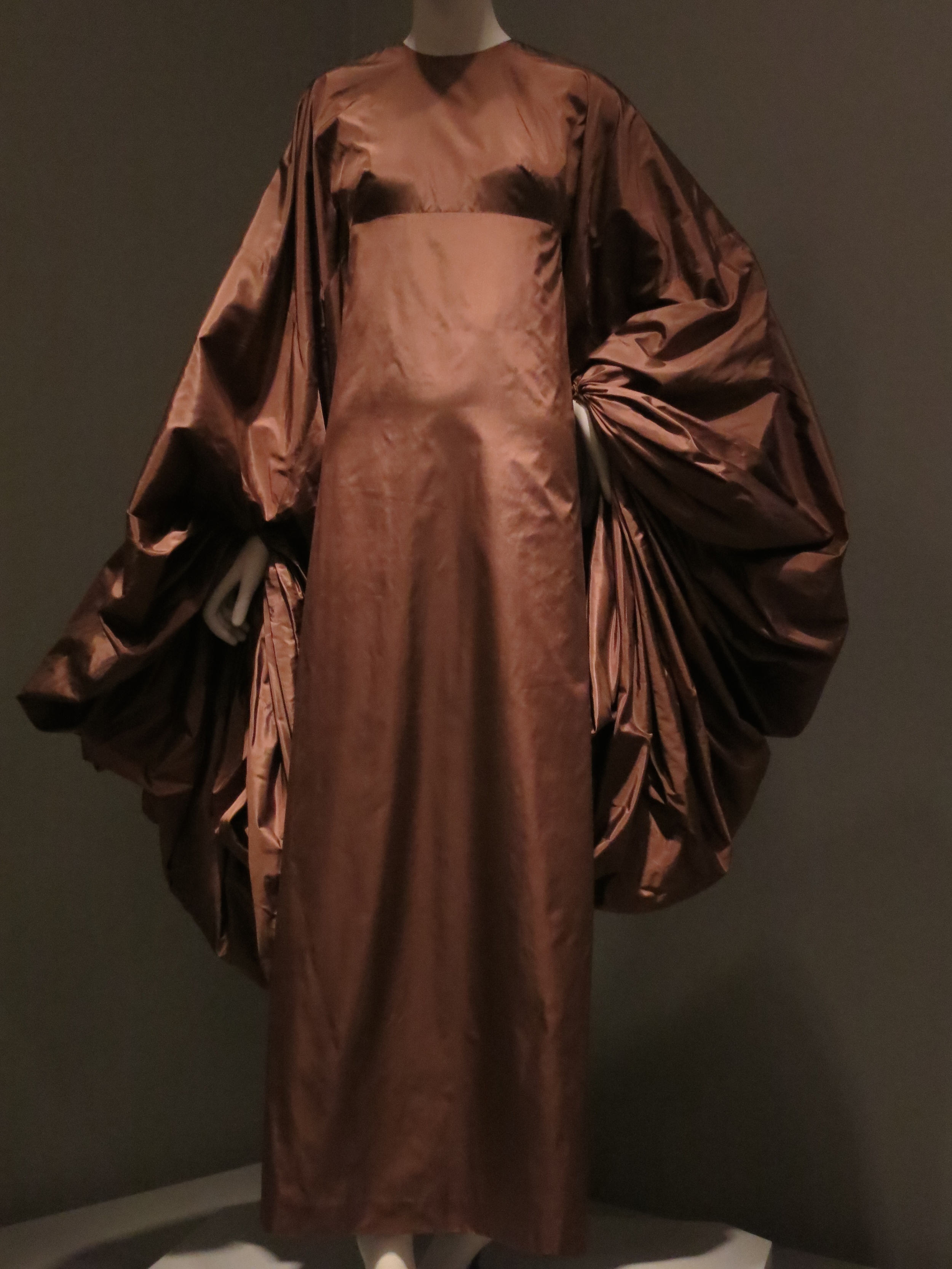I read thirty-plus art books in 2015, as I continued my search for information about oil painting, creative clothes, and the history and future of art. Of all those book reviews captured on Goodreads, my best finds are these five books. You can see the full list of books read HERE
Bright Earth: Art and the Invention of Color-by Philip Ball. Published by University of Chicago Press, c2003.
Wow, this is the book I have needed for years. Ball reminds me of John McPhee; when they take on a subject it is an all-inclusive ride. Ball is a chemist and an excellent writer with a wonderful understanding of art. He takes apart color history going back to the Greeks and Egyptians and provides information on so many artists, painting and dying techniques up to the present. He includes a whole chapter on Blue, another on purple. He describes how colors were used in the renaissance, how alchemists created colors, and continues on through the 19th century to the present. Even though Ball is British, he answered all color questions for me --did the greeks have a bad sense of color, where did quinicridome come from, why was Matisse a fauvist, how does Munsell compare to Itten, are all paints today truly synthetic, how is enamel made, when did they stop grinding lapis lazuli for blue, what is a water-based oil, how did the color field movement develop...all questions except, how did the Pantone color system start? I still don't know, but he does describe the "Colour Index International" of 9000 pages listing all the colors manufactured today. There is a wonderful bibliography of 125 books on color, a useful index and notes. And what is happening to color and painting right now? Everyone is looking for the newest technology to try out, as they always have, says Ball, with many examples including Turrell's use of light. Ball ends with a quote from Van Gogh, "The painter of the future is a colorist such as has never been seen before." This is a faith-restoring book.
Oil Painting Techniques and Materials, by Harold Speed. Republished by Dover, c1987.
Speed wrote this book in 1924, and if you can gloss over Chapter two where he rails against the current impressionists, you can move on to very useful chapters on how to train yourself as an oil painter. He tells you how to approach painting, how to concentrate, how to create a portrait, and how to view the masters (Velazquez, Vermeer, Rembrandt). He spends a whole chapter on tone values, and two chapters on color, plus a couple chapters on how to construct and compose a painting, and how to think about inspiration for a painting. This is a small, very useful book. A classic.
The Art of Impressionism: Painting Technique and the Making of Modernity by Anthea Callen.Published by Yale University Press, c2000.
Another amazing book on painting technique! Callen explains how Impressionists broke away from the Academy with new, brighter paints (as they were invented), new methods of capturing light by getting out of stuffy brown/green studios, the addition of white to their lighter palette, the rejection of light from one 45 degree source (creating flatter views in landscapes), the rejection of certain "grounds" varnishes, and frames, and the invention of tubes and bladders of paint for portability. I am simplifying. This is a very complete book that must have taken 5-10 years of research and tracking to represent so many artists and their work. It puts context to techniques that we still use and learn today, not knowing their origin or benefit. Callen is a retired art professor from Australia.
Classical Painting Atelier: A Contemporary Guide to Traditional Studio Practice by Juliette Aristides. Published by Watson-Guptill. c2008.
Painting over the centuries has evolved from a craft using ground minerals with copying tools-- to a secretive art of methods on canvas -- through to today where there are many splinters and schools of thought using a wealth of digital and manual tools. There were very few good books describing painting methods until today's "Atelier" movement. Ateliers provide 1-on-1 teaching much like that provided in historic guilds—the MOOCs of the art scene. Aristides describes how to paint with oil traditionally, in detail. It may be overly wordy, in this age of videos. I could only judge this when I read the color chapter (chapter 4), where every nuance was described -- things some people learn just by smushing paint and holding it up to the subject. This is so different from the last generation of painting where the method of painting was less verbal, and advancement was tied to universities. After I understood this book's approach I loved the historic examples used to explain hue, value, and pre-painting sketching. Aristides is very good when comparing the contemporary "alla prima" approach to painting with the more historic Flemish and Venetian methods. Aristides is a painting instructor based in Seattle.
Women in Clothes-by Sheila Heti, Heidi Julavits, Leanne Shapton, Donora Hillard-Hare. Published by Blue Rider Press. c2014.
50 questions about your clothes surveying 690 women around the world. There is no telling whether Heti used the survey data or not. Strange and comforting reading at the same time. We can remember what we wore in kindergarten and the high school swim suit that fit oddly. Clothes have meaning to everyone. We choose them. Clothes are required. This book is dense and long, with very interesting art photos throughout.
